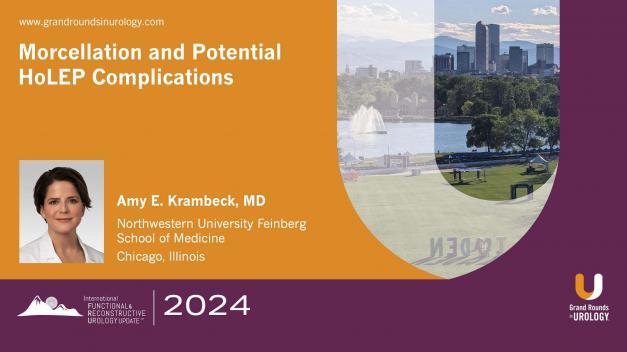Tales from the GME Crypt: Managing Challenging (and Scary) Residency Dilemmas
Wesley A. Mayer, MD, focuses on effectively managing challenges faced in residency programs, emphasizing remediation strategies over punitive measures. Drawing from his experience as a program director and assistant dean of Graduate Medical Education (GME), Dr. Mayer addresses dilemmas common in residency, outlining a practical approach to navigating issues such as technical skill deficiencies, communication breakdowns, and personal crises among trainees.
In this 20-minute presentation, Dr. Mayer differentiates remediation from probation, advocating for remediation as a supportive, non-reportable process for skill enhancement. The importance of recognizing warning signs, such as poor performance or behavioral changes, is highlighted, stressing early intervention and the role of the GME office in offering support and resources.
Read More




